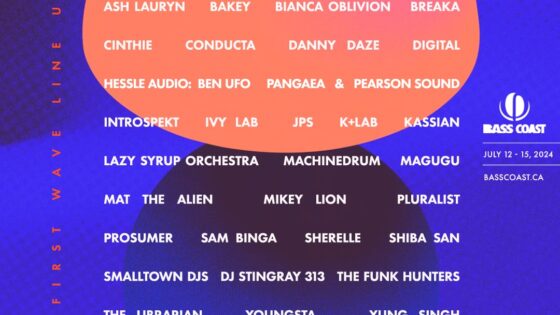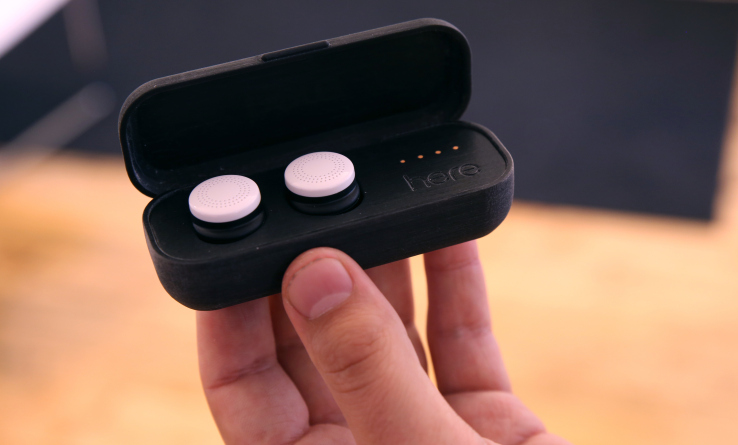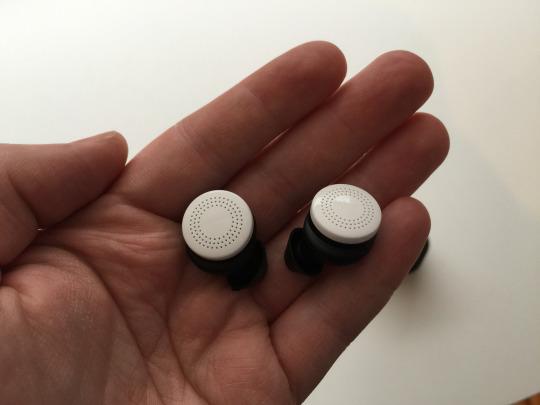Imagine that you are at a rave. The production might be lacking and the high ends sound a little canny, or maybe the bass is drowning them out completely. What if you were able to adjust the sound to your specific liking? Well that is just what Doppler Labs is promising with their new “Here Buds”.
Hearing loss can be a hard thing to thwart because the technology for protecting your ears is a bit undesirable. Most polyethylene, foam, or silicone ear plugs just muffle the sound. While effective in preventing hearing loss, current technologies are honestly uncomfortable, and you might as well be putting a couple of pillows on each side of your head. What would be truly awesome is to be able to hear clear sound without causing lasting damage.
Doppler Labs has raised $17 million in their Series B investment round to develop essentially the first mass-produced bionic ears: the “Here buds”. The financing came after the unveiling of the “Here Active Listening System,” the first truly wireless ear buds that connect to your smart phone and allow you to personalize your live audio environment experience.
“Use Here’s volume sliders, EQ, pre-sets and effects to transform real world audio for everyday scenarios like concerts (turn up the bass or add reverb to live music at a show), airplanes (suppress the sound of a jet engine or a crying baby on a long flight), sporting events (bring down the rumble of the crowd) or simply turn down the volume in open office environments or during your commute to remove all unwanted noise from your life.” – PR Newswire
This all sounds very promising and quite honestly amazing. Our analytical minds have starting churning, though, and we have thought of a few obstacles these “Here” buds might pose.
Many of you are already thinking of Bose’s noise canceling headphones. They are very effective; one reason being they cover the entire ear. With ear buds, the auricle (outer ear) is still exposed and directing sound into the inner ear. (This naturally produces directionality, which is how you tell where a sound is coming from.) The result, however, could be phasing and distortion. Their site claims they preserve directionality, but we say that’s dubious until we can test this out ourselves. Any gap in isolation could lead to bad sound, ghost echoes, etc.
One also has to consider the occlusion effect. This is the sound of your own voice echoing through your head when your ears are plugged. (Plug your ears with your fingers and talk to see hear the effect.) This isn’t a big deal if you’re at a concert, but if you’re trying to have a conversation, it may sound a little strange because the amplifying effect the buds have might also pick up on your voice and amplify the occlusion as well. Even if you turn it down, you will still hear your yourself. One may find themselves taking them out more often due to this effect.
We have yet to determine how much these will cost and will have to test them out before we can say anything definitive. In the end, this looks to be a very promising and interesting evolution in ear bud technology. What are your thoughts on the Here Active Listening System? Would you buy a pair? Tell us in the comments below.
Important things happen in Pacific Northwest nightlife, and DMNW will send you alerts!






































